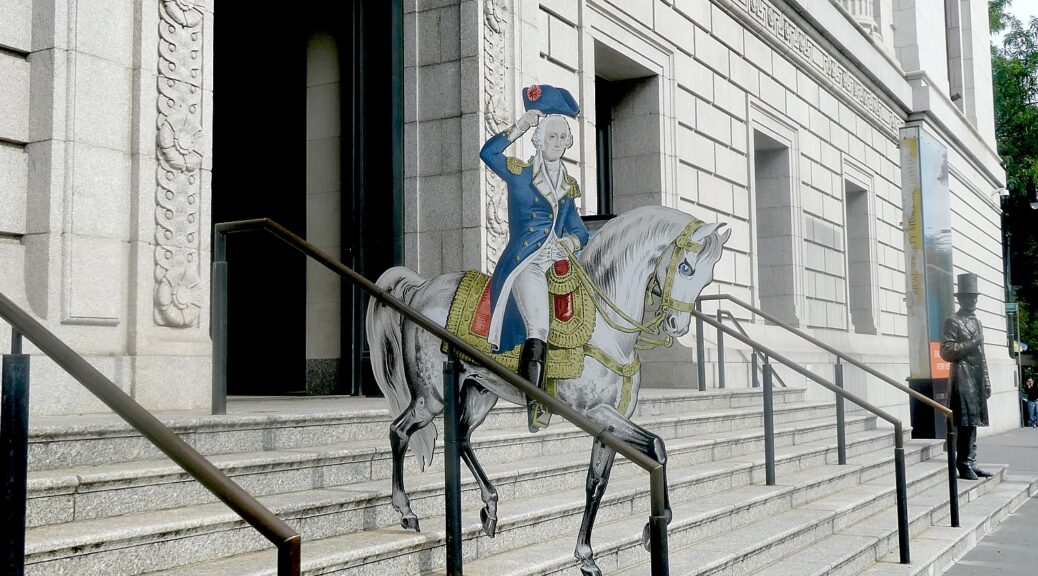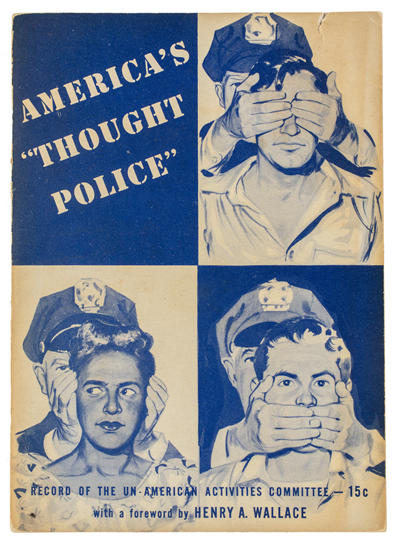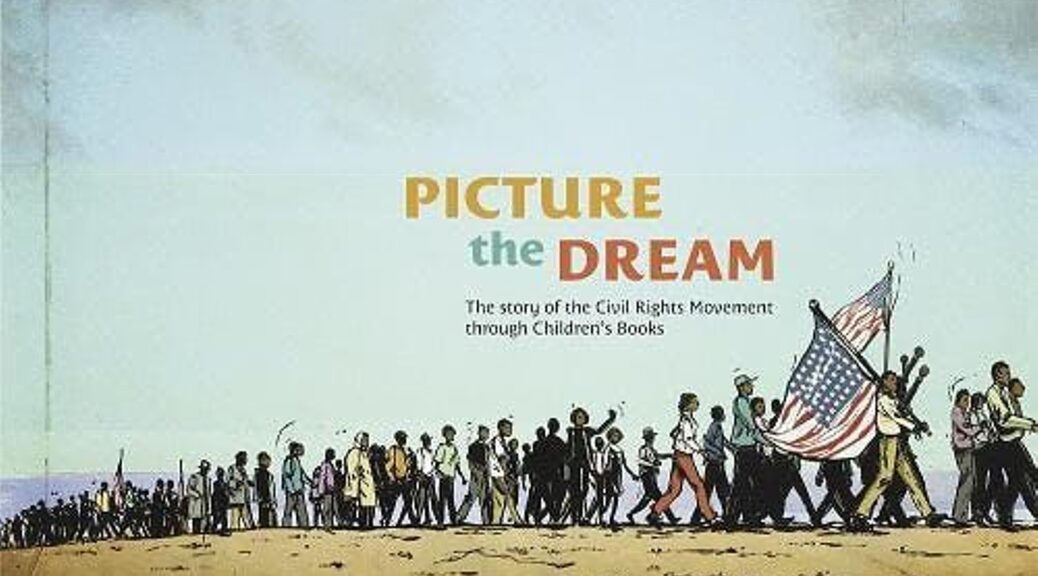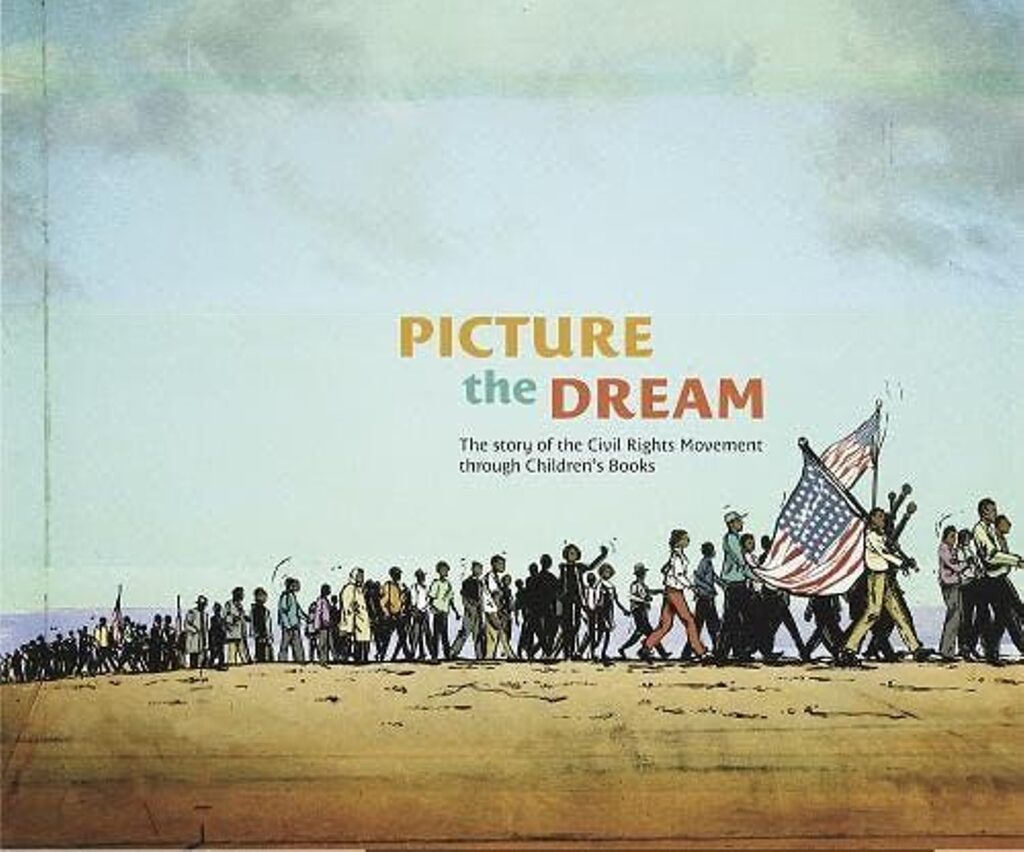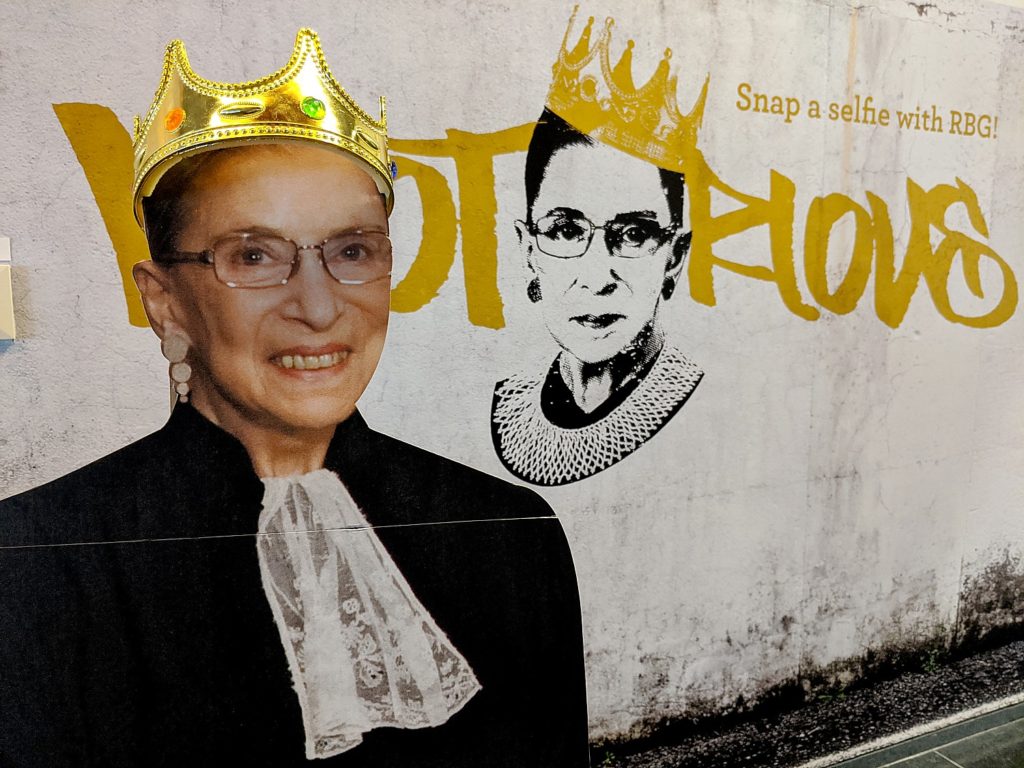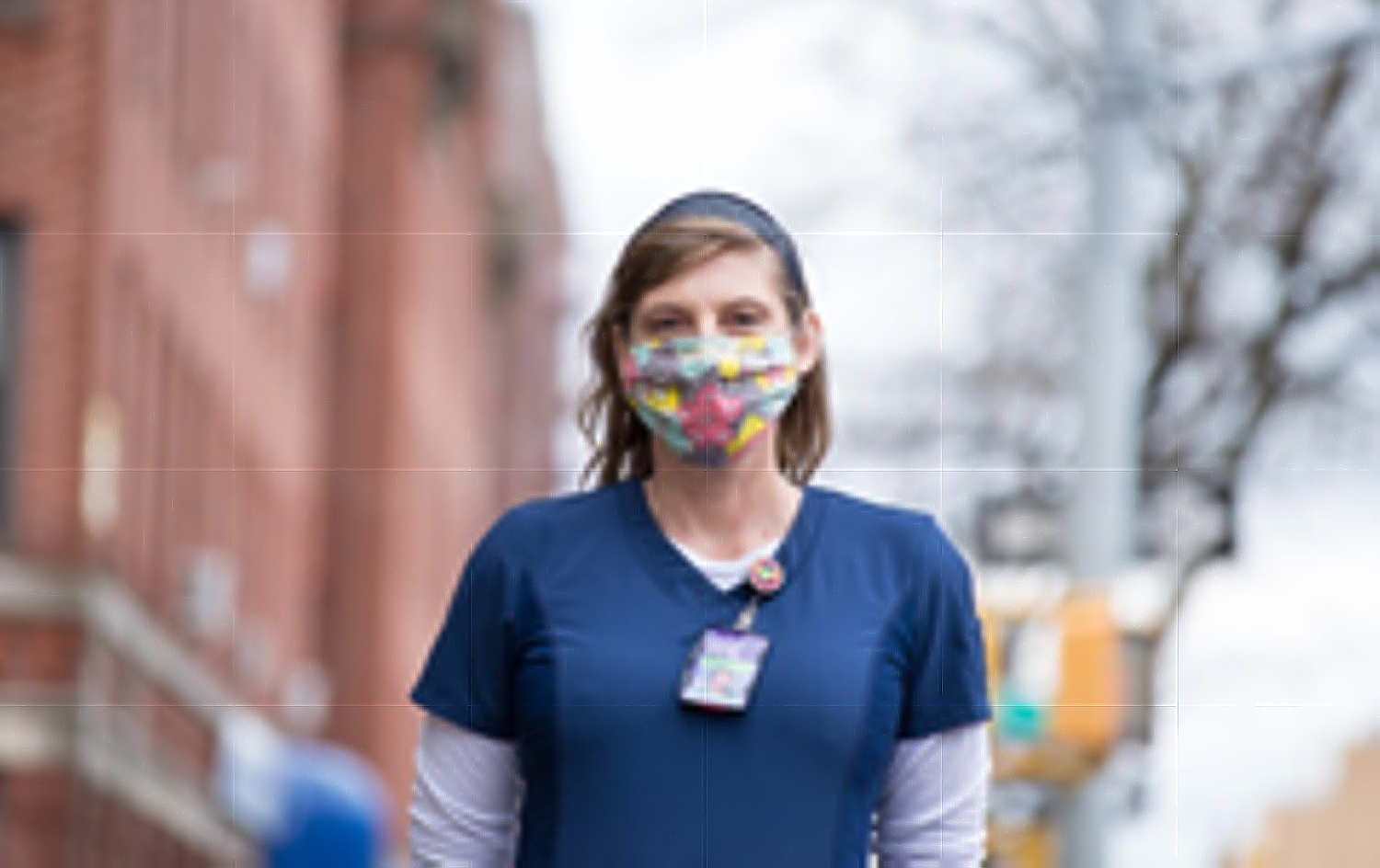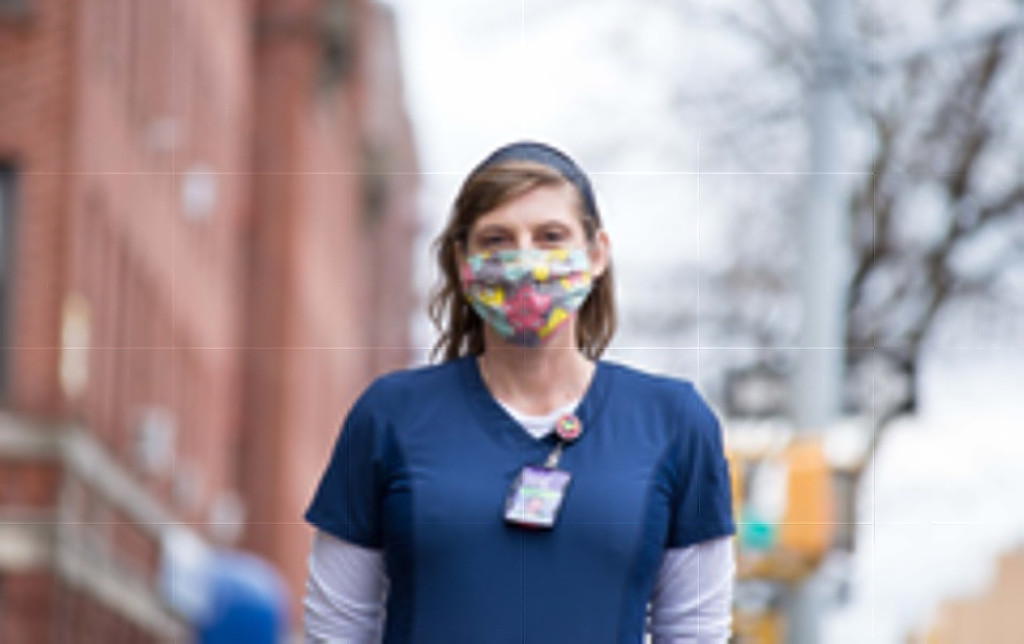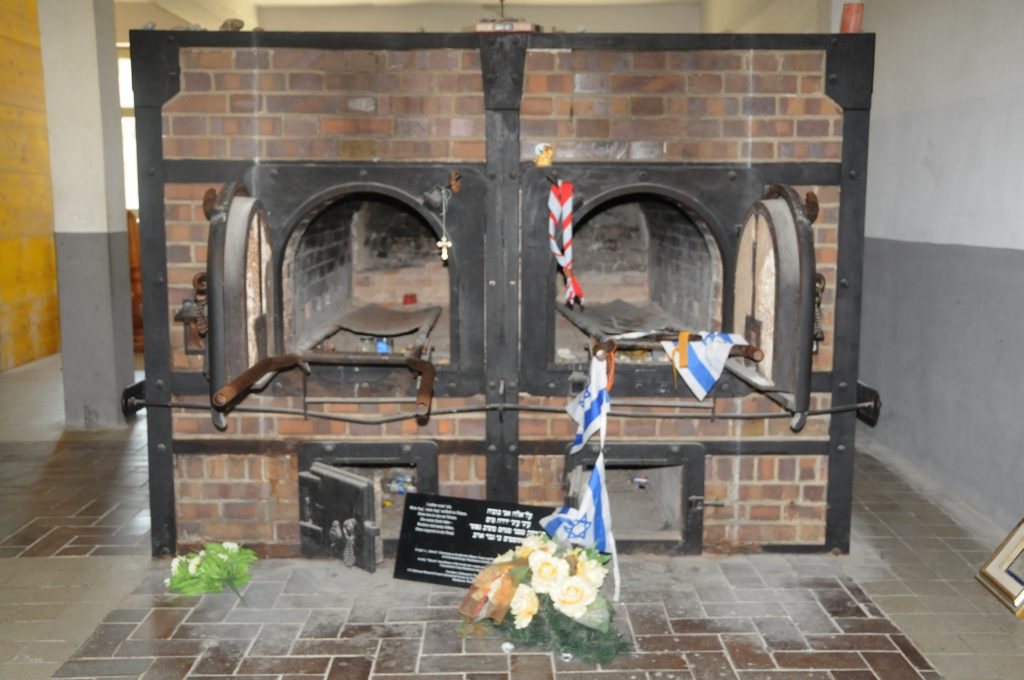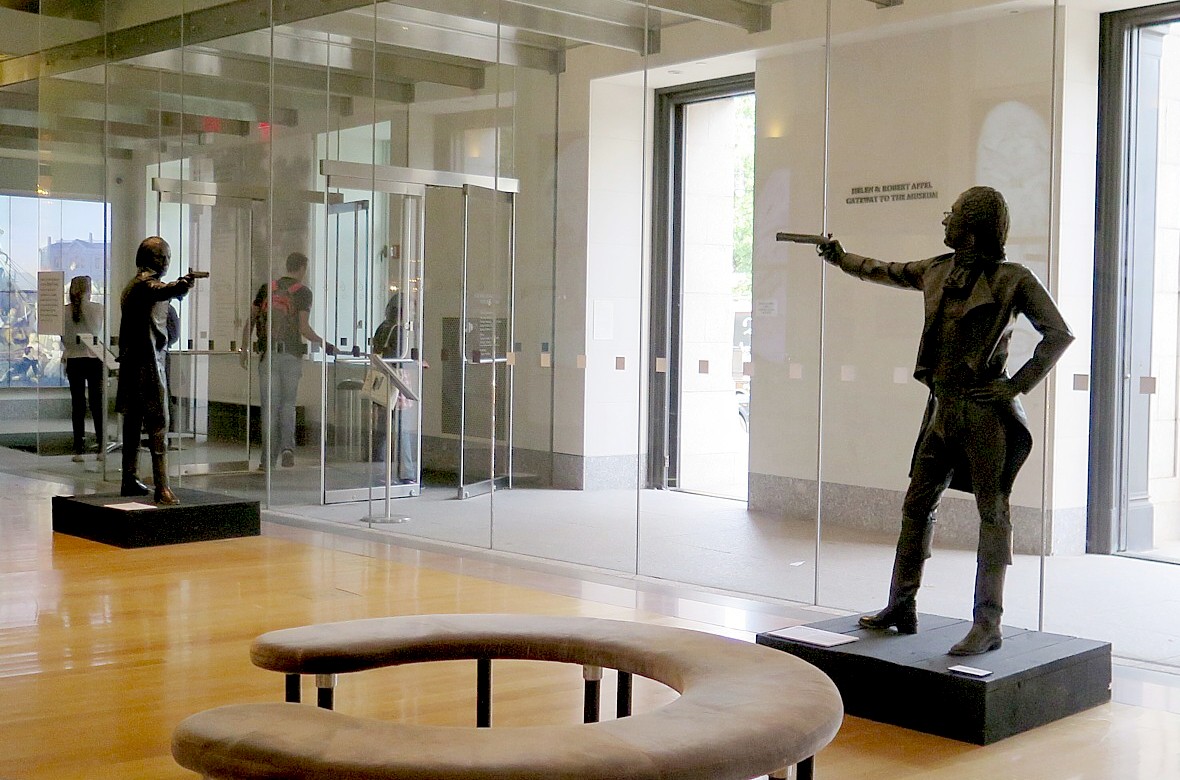Along with a suite of exhibitions, The Historical partners with history museums from across the nation to invite Americans to share their birthdays wishes “On Our 250th”
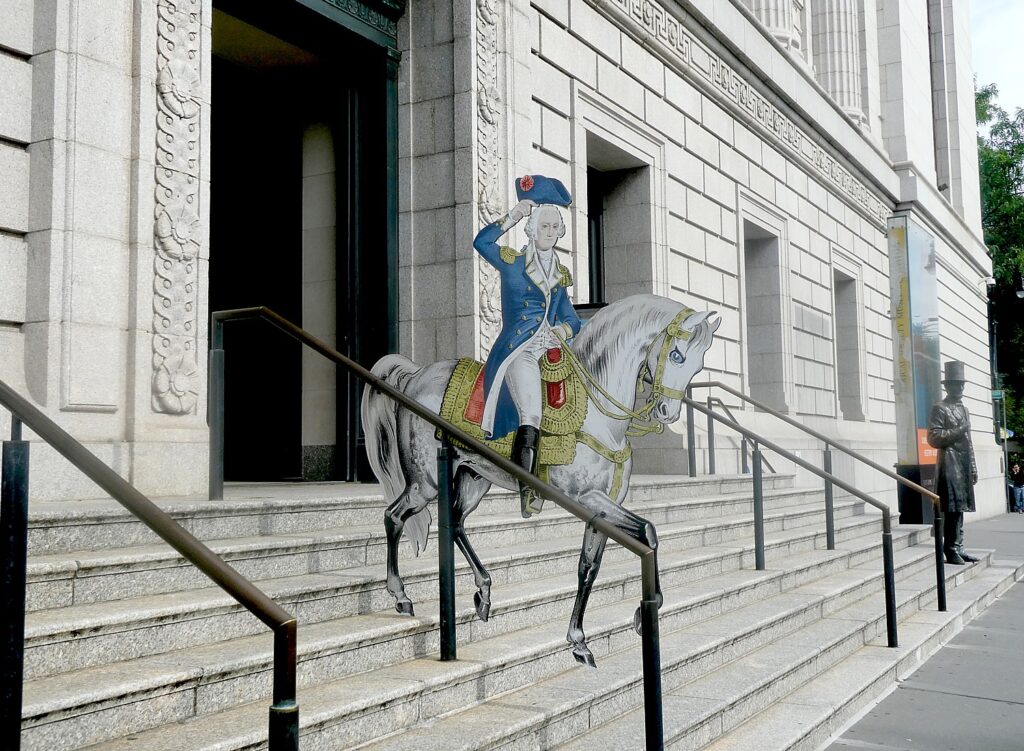
New York—As the nation prepares for the 250th anniversary of its founding, The New York Historical has announced a broad suite of exhibitions and programs, and a digital campaign joined by a nation-wide coalition of history museums, named “On Our 250th.” The initiative has just begun with the launch of onour250th.org, where individuals can share a birthday wish for their nation and its democracy turning 250. The exhibitions will begin in fall 2025, with a major exhibition of Revolutionary-era documents from the David M. Rubenstein Americana Collection, and then include shows on immigration photography, contemporary artists’ reflections on the anniversary, and exhibitions on Revolutionary Women and on how New York celebrated the nation’s bicentennial. Plus, in early summer 2026, The Historical will have the grand opening of its new Tang Wing for American Democracy.
“On Our 250th”
“On Our 250th” is a partnership organized by The New York Historical and Made by US of history museums across the nation to invite individuals to share a public message of their hopes for our nation and its democracy on the occasion of its anniversary. On both a microsite—onour250th.org—and on-site at museums across the nation, this campaign will collect five to 50 word greetings from Americans of all ages. The campaign already has 23 participating history museums across 15 states, including Wyoming, Georgia, Virginia, and Illinois, plus the Smithonian’s National Museum of American History. The website was created by Use All Five, a digital design agency.
“We have planned these exhibitions and programs in the hope of bringing our fellow citizens new insights into who we are and have been as Americans,” said Dr. Louise Mirrer, president and CEO, The New York Historical. “As an institution established by veterans of the American Revolutionary War, with the objective of ensuring that future generations would know of, and value the nation’s great struggle for freedom and equality, we are firm in our belief that, by understanding the past and appreciating the people on whose shoulders we stand, our democracy will thrive.”
The New York Historical launched the microsite today with 250 greetings from students, including this potent note from Andrea, a middle school student in New Jersey: “Happy Birthday, USA! My wish for you is to once again be a united country meant to protect and serve all. To return to a land of opportunity and diversity for all who seek it.” Participating institutions include: Atlanta History Center, Chicago History Museum, Democracy Center at the Japanese American National Museum, Harriet Beecher Stowe House, The Heurich House Museum, Idaho State Museum, Jamestown-Yorktown Foundation, Levine Museum of the New South, Lincoln Presidential Foundation, National Liberty Museum, National World War I Museum and Memorial, The New York Historical, Revolutionary Spaces, Robert H. Jackson Center, Ruth Mott Foundation/Applewood, Senator John Heinz History Center, Smithsonian’s National Museum of American History, Theodore Roosevelt Presidential Library, Thomas Jefferson’s Monticello, Vermont Historical Society, Virginia Museum of History & Culture, Woodrow Wilson Presidential Library and Wyoming State Museum.
Exhibitions
The exhibitions related to the 250th anniversary will take place over a 15-month period, from October 2025 to December 2026, in both The Historical’s main building and, starting summer 2026, its new Tang Wing for American Democracy. The exhibitions include:
Declaring the Revolution: America’s Printed Path to Independence
Fall 2025
Visitors have the unique opportunity to see a selection of landmark documents from the David M. Rubenstein Americana Collection showcasing America’s founding era on display together.
Arriving in America: Portraits of Immigrants from The New York Historical Collections
Fall 2025
This exhibition mines the vast photography collections of the Patricia D. Klingenstein Library as a lens to view the immigrant experience in New York through the faces and places photographers have captured over time.
Revolutionary Women
February 2026
Showcasing the little known and unknown achievements of women in the years leading up to, during, and following the Revolutionary War, this exhibition brings new insights into the nation’s founding.
Old Masters and New Amsterdam
Spring 2026
Who were the people of the Dutch Golden Age who founded the colony that would become New York? What drove them to set sail and colonize? A dazzling array of more than 60 Dutch Old Master paintings, featuring works by Rembrandt van Rijn, Frans Hals, Jan Lievens, and Jan Steen, provides viewers with clues into the Dutch society that spawned New York.
Democracy Matters
Summer 2026
Why does democracy matter? What does it look like in action? Whom does it represent? Objects from The New York Historical’s Museum and Library collections join works by contemporary New York City-based artists. Together, they explore the original promise of and continuing progress toward the American Revolutionary ideals of liberty and equality.
“You Should be Dancing”: New York, 1976
Fall 2026
In 1976, New York City was in crisis. Its youth rescued and reinvigorated it. You Should Be Dancing transports the visitor to a year of contradictions for New York City. The metropolis was the main stage for America’s 200th birthday celebration, with days of parades, festivals, and performances. But it also faced near-bankruptcy, spiking crime, and a housing and drug crisis. Out of this moment emerged musical genres driven by the city’s youth—including disco, punk and hip hop—which forever changed music history.This exhibition surrounds the visitor with music, fashion, instruments, photographs, and original documents to learn about the glitz and grit of this transformative year in New York City’s history.
The Tang Wing for American Democracy
The Tang Wing for American Democracy, dedicated to exhibitions and programming on democracy, opens in time for the nation’s 250th anniversary. The Tang Wing for American Democracy will house the Academy for American Democracy, the Dorothy Tapper Goldman Center for Teaching Democracy, new gallery spaces and classrooms, a conservation studio, and the first home of the American LGBTQ+ Museum (opening at a later date). The new wing will also be the home of The New York Historical’s MA in Museum Studies program, a trailblazing initiative founded in 2019 with the CUNY School of Professional Studies, and a renovated library stack storage tower for the Patricia D. Klingenstein Library, which holds more than 10 million items, including rare copies of our nation’s foundational documents.
New York’s first museum, The New York Historical (formerly known as the New-York Historical Society) is a leading cultural institution covering over 400 years of American history. The New York Historical is a museum of museums and a collection of collections. It is home to the Patricia D. Klingenstein Library, the Center for Women’s History, the DiMenna Children’s History Museum, and the future American LGBTQ+ Museum.
The New York Historical, 170 Central Park West (77th Street), New York, NY 10024, 212-873-3400, nyhistory.org.
For more travel features, visit:
Going Places @ longislandpress.com
goingplacesnearandfar.wordpress.com
travelwritersmagazine.com/TravelFeaturesSyndicate/
goingplacesfarandnear.tumblr.com/
instagram.com/going_places_far_and_near/
instagram.com/bigbackpacktraveler/
‘Like’ us on facebook.com/NewsPhotoFeatures
X: @TravelFeatures
Threads: @news_and_photo_features
Bluesky: @newsphotosfeatures.bsky.social
